Introduction to PJ Dump Trailers
PJ Trailers, renowned for their innovative designs and enduring quality, have established themselves as a leading manufacturer in the trailer industry. Among their extensive lineup, the PJ Dump Trailer stands out due to its robust engineering and versatility for various hauling needs. One crucial aspect of these trailers that often comes into consideration is wheel dimensions, a factor that significantly impacts performance, stability, and load capacity.
Key Wheel Dimensions of PJ Dump Trailers
When evaluating the wheel dimensions on a PJ Dump Trailer, we must consider multiple essential parameters:
- Wheel Size
- Bolt Pattern
- Load Rating
- Tire Width & Aspect Ratio
- Offset
Let’s delve into each of these dimensions to better understand their implications for your hauling needs.

1. Wheel Size
The wheel size is a pivotal dimension that directly influences the trailer’s load-bearing capacity and ride quality. PJ Dump Trailers typically feature wheels ranging from 15 inches to 16 inches in diameter.
- 15-inch wheels: Commonly used for lighter models, these wheels provide adequate support for moderate payloads.
- 16-inch wheels: Found in heavier-duty trailers, these larger wheels enhance stability and reduce tire wear, particularly under heavy loads.
Comparison of Wheel Sizes
| Wheel Size | Typical Load Capacity | Best For |
|---|---|---|
| 15 inches | Up to 7,000 lbs | Light loads |
| 16 inches | Up to 14,000 lbs | Heavy-duty usage |
2. Bolt Pattern
The bolt pattern refers to the configuration of the holes used to attach the wheel to the trailer’s axle. PJ Dump Trailers generally utilize common bolt patterns such as 5 lugs (5×4.5), 6 lugs (6×5.5), and 8 lugs (8×6.5).
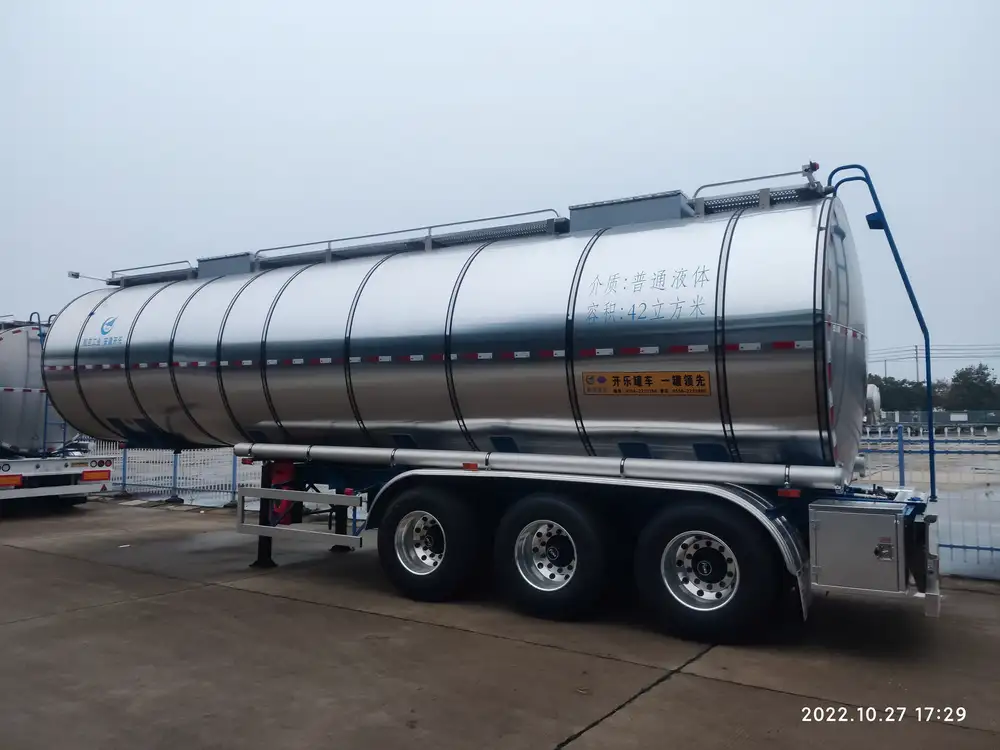
Importance of the Bolt Pattern
Selecting the correct bolt pattern is crucial for ensuring the wheel securely fits the hub. Mismatched patterns can lead to compromised safety and performance.
- 5-lug patterns are often used in lighter-duty models.
- 6-lug and 8-lug patterns accommodate heavier trailers, allowing them to handle increased stress during operation.
3. Load Rating
The load rating indicates the maximum weight a wheel can safely support. It is vital to choose a wheel that aligns with the expected load, ensuring both safety and performance.
- Light-duty wheels generally are rated up to 2,840 lbs.
- Medium-duty wheels can handle loads up to 3,750 lbs.
- Heavy-duty wheels may support weights exceeding 4,800 lbs.
Load Capacity Chart
| Wheel Type | Load Rating | Common Uses |
|---|---|---|
| Light-Duty | Up to 2,840 lbs | Small machinery, landscaping |
| Medium-Duty | Up to 3,750 lbs | Construction materials |
| Heavy-Duty | Up to 4,800 lbs+ | Demolition, heavy equipment |

4. Tire Width and Aspect Ratio
The tire width and aspect ratio are integral in determining the overall footprint of the tire on the ground, which affects the trailer’s handling abilities. PJ Trailers commonly use tires with widths ranging from 205 mm to 235 mm, with aspect ratios typically between 75 to 85.
Tire Specifications Explained
- Tire Width (mm): A wider tire provides greater stability and traction, essential for off-road or uneven terrain.
- Aspect Ratio: This number shows the height of the tire’s sidewall relative to its width. A lower aspect ratio implies better performance but less comfort.
Tire Specifications Table
| Tire Width | Aspect Ratio | Recommended Use |
|---|---|---|
| 205 mm | 75 | Standard loads |
| 225 mm | 80 | Enhanced stability |
| 235 mm | 85 | Off-road applications |
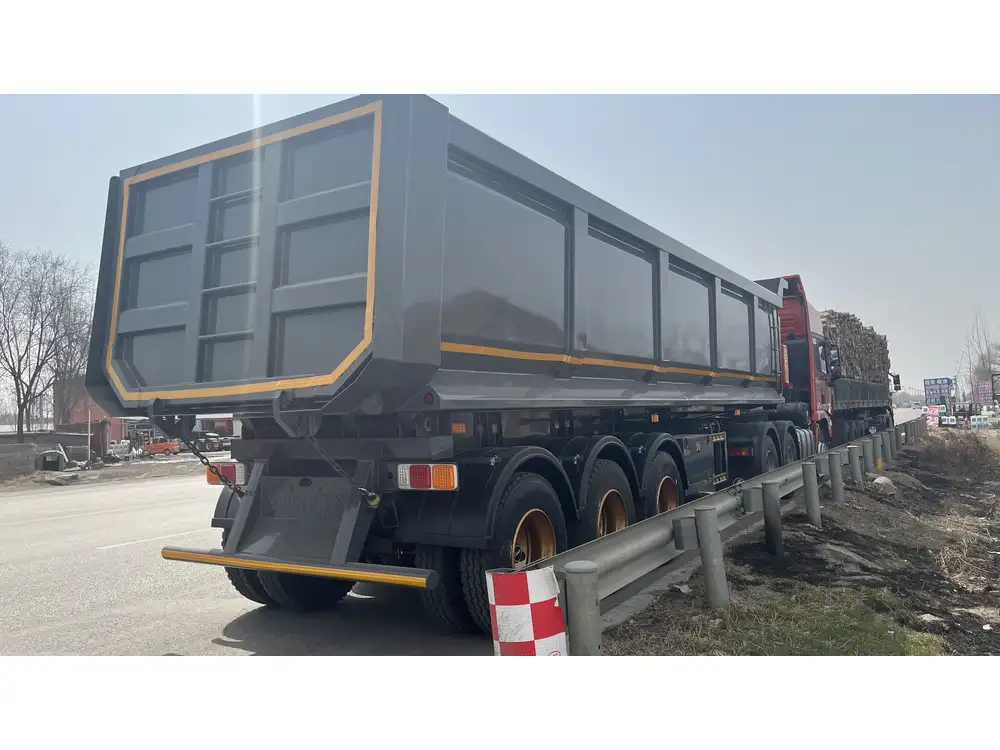
5. Offset
Offset is the distance between the centerline of the wheel and the mounting surface of the wheel hub. It can be classified as:
- Positive Offset: The hub mounting surface is located toward the front or wheel side of the centerline.
- Negative Offset: The hub mounting surface is positioned toward the back or brake side.
Choosing an incorrect offset can lead to misalignment, affecting the trailer’s handling and stability.
Understanding Offset Impact
| Offset Type | Effect on Handling | Suitable for |
|---|---|---|
| Positive Offset | Improved stability, less scrub | Highway hauling |
| Negative Offset | More aggressive turning ability | Off-road conditions |
Selecting the Right Wheel Dimensions
In determining the most appropriate wheel dimensions for your PJ Dump Trailer, consider the following factors:
Intended Use: Analyze the primary purpose of your trailer. Will you be hauling heavy equipment, or are your needs limited to lighter loads?
Terrain: Evaluate the environments in which you will be operating your trailer. Rough, unpaved surfaces may require wider tires with a more aggressive tread pattern for better traction.
Vehicle Compatibility: Ensure that your tow vehicle can accommodate the wheel dimensions of the PJ Dump Trailer. Mismatched sizes can complicate towing.
Local Regulations: Be aware of any local regulations regarding trailer dimensions and load capacities, as these can vary significantly by jurisdiction.
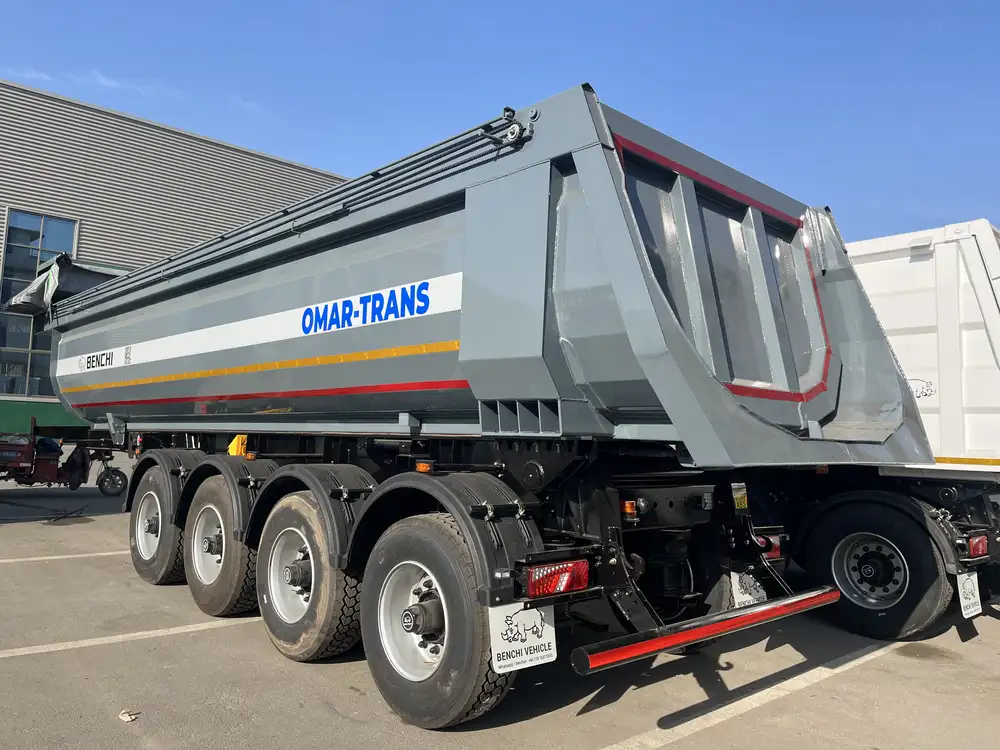
Maintenance Tips for Wheels and Tires
Proper maintenance plays a pivotal role in extending the lifespan of your PJ Dump Trailer’s wheel assembly. Consider these essential tips:
Regular Inspections: Frequently check wheel alignment and tire pressure. Under-inflated tires can lead to increased wear and reduce load capacity.
Tread Depth Monitoring: Ensure tire tread is within safe limits. Tires with insufficient tread can compromise safety.
Cleaning: Regularly clean wheels to prevent rust and corrosion, especially if exposed to harsh environments.
Rotation: Rotate tires periodically to ensure even wear.
Common Questions About PJ Dump Trailer Wheel Dimensions
Q1: How often should I check my trailer’s wheel dimensions?
Regular inspections are recommended before and after use, especially if you frequently haul heavy loads or operate in challenging conditions.
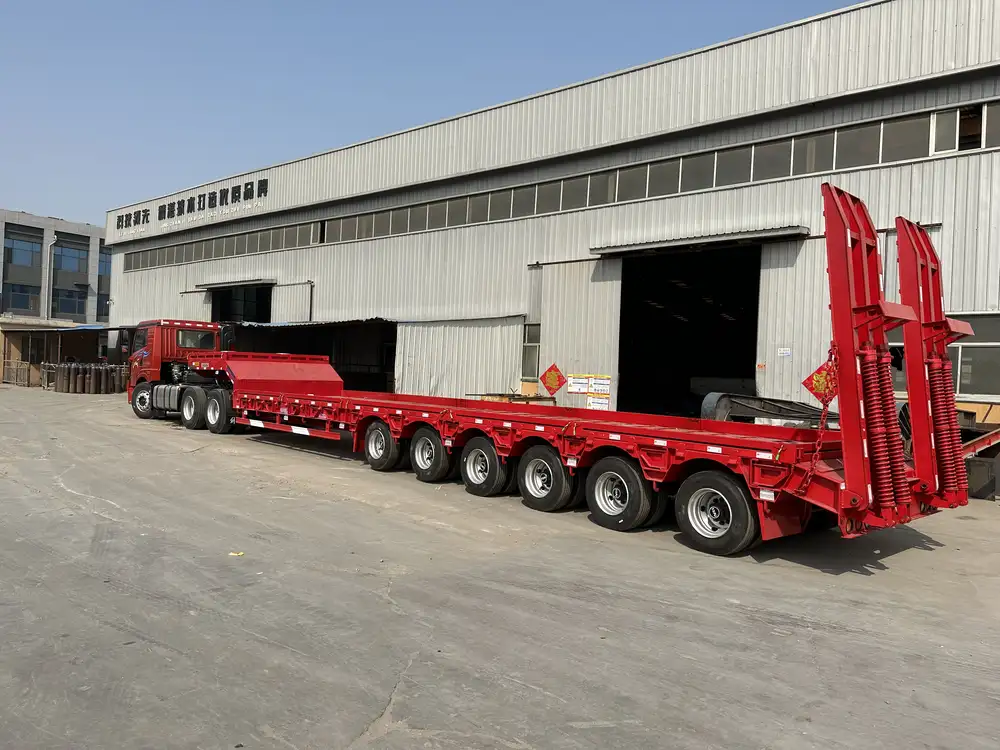
Q2: Can I replace my trailer wheels with a different size?
While it is possible to replace wheels with different dimensions, ensure that the new wheels comply with the load rating and bolt pattern specifications of your PJ Dump Trailer.
Q3: How do I know if my wheels are properly loaded?
Refer to the manufacturer’s guidelines provided with your trailer regarding load limits for both the trailer and the wheels. Avoid exceeding these specifications.
Q4: What are the signs of wheel failure?
Watch for signs such as uneven tire wear, vibrations during towing, pulling to one side, or visible damage to the wheel. Address any concerns promptly to avoid more extensive issues.
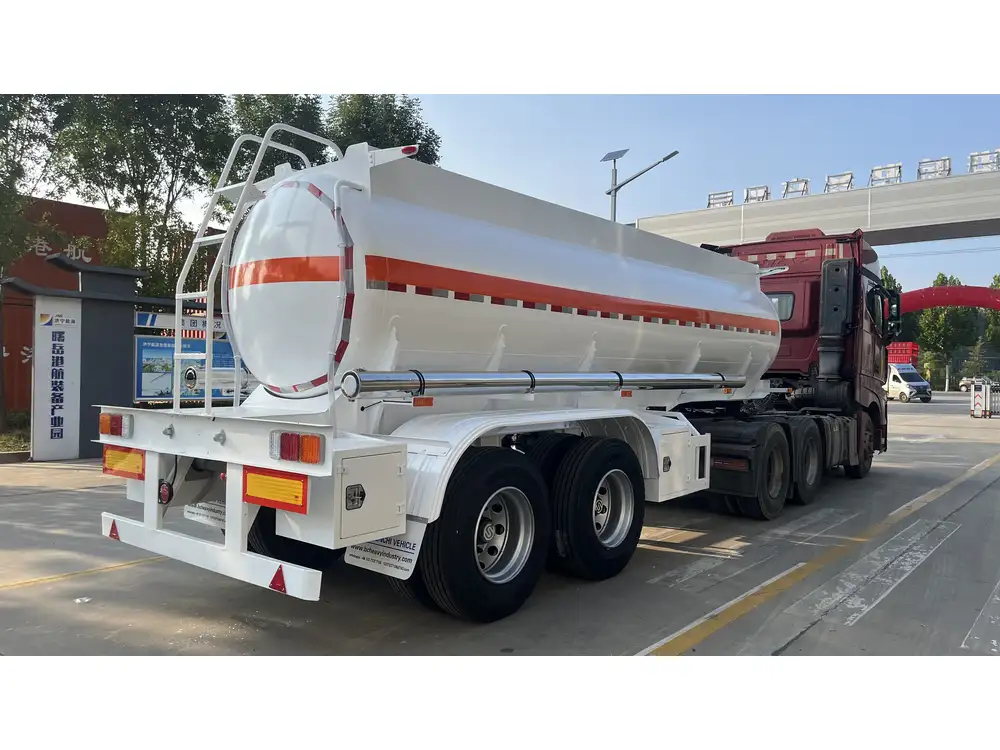
Q5: Are wheel dimensions standardized across all trailers?
No, wheel dimensions can vary significantly based on the manufacturer and model. Always consult the specific manufacturer’s guidelines for your trailer.
Conclusion
In the world of PJ Dump Trailers, understanding wheel dimensions is paramount to ensure optimal performance, safety, and durability. The intricate details of wheel size, bolt patterns, load ratings, tire specifications, and offsets must be carefully considered to align with your specific hauling needs.
By maintaining your trailer and staying informed about proper dimensions, you can ensure not only compliance with safety standards but also enhance the longevity of your investment. PJ Trailers have proven their worth with quality and reliability, making them an excellent choice for those in need of powerful and efficient hauling solutions.
For the best results, always prioritize the right wheel dimensions suited to your applications, and remember that regular maintenance and attention to detail can significantly impact your trailer’s performance on the road.



